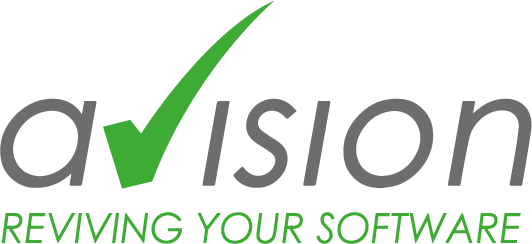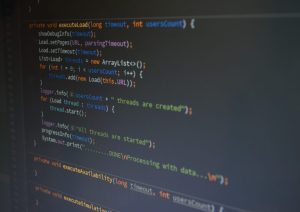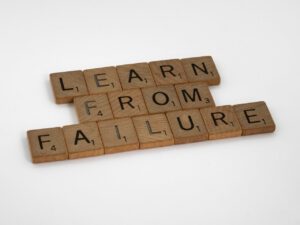The software life cycle is not a given. With the right approach, companies can break it down – and thus avoid many costs and risks.
Requirements analysis, specification, design, development, testing, delivery, maintenance and support – and finally replacement by a successor: this is what the life cycle of software looks like in the textbook. But is this end really inevitable? With third-party software, companies usually have no choice but to migrate to the next generation at some point when the developer discontinues support for the predecessor. With in-house developments, however, companies can definitely break this cycle. And this is worthwhile, as replacement projects are usually expensive and risky: completely new software requires extensive employee training and is often met with a lack of acceptance, there is always a risk that mistakes will be made with new developments and that they will therefore show qualitative defects, and many a replacement project has failed completely due to the complex migration of data.
How can companies prevent this? By staying tuned. The attention paid to software usually follows a fixed cycle. In its first phases of life, many people in the IT department are still interested in it and the money for the budget is still relatively loose in the company. Once the software has been introduced and fulfills its purpose, this gradually changes. Budgets for maintenance and servicing decrease, necessary modernizations are no longer carried out and technical debts such as an unmanageable architecture arise. These debts are not immediately noticeable, but if important changes become necessary due to new requirements or legislation, they become all the more so. In the worst case, the critical point has already been passed: The technical debt is so high that modernization is no longer possible and companies actually have to retire the software.
To avoid reaching this critical point in the first place, companies should continuously maintain their software – for example, through regular refactoring. This involves repeatedly “tidying up” the source code of the software so that it remains in a state in which new functions can be added quickly and easily. Of course, this maintenance does not come for free. But it is always cheaper than a completely new development. Not to mention the risks that are avoided. Admittedly: There are cases in which there is no alternative to a new development. For example, when technological progress can no longer be implemented. In most cases, however, companies can successfully break the constant cycle of new development, rejection and new development – and beat the textbook.
This press release is also available at www.pr-com.de/de/avision.
Press contact
Avision GmbH
Christina Karl
Marketing
Bajuwarenring 14
D-82041 Oberhaching
Tel. +49-89-623037-967
christina.karl@avision-it.de
PR-COM GmbH
Melissa Gemmrich
Sendlinger-Tor-Platz 6
D-80336 München
Tel. +49-89-59997-759
melissa.gemmrich@pr-com.de



